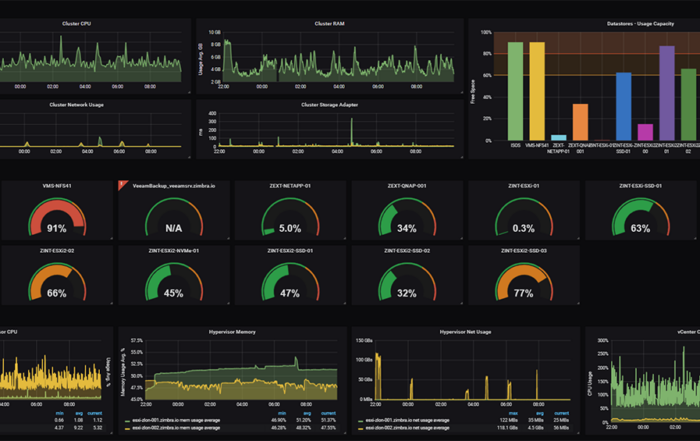
There’s a common adage in the tech world: “Data is the new oil.” In the digital era, the importance of data to businesses, researchers, and even everyday users cannot be overstated. As our world becomes increasingly interconnected, the sheer volume of data we produce grows exponentially. This brings us to the inevitable question: Where do we store it all? The answer, increasingly, is the cloud. This isn’t just about hoarding data in a digital space; it’s about doing so effectively, durably, and scalably. Let’s dive into what makes for a good cloud storage solution and how to implement it.
The Pillars of Robust Cloud Storage
1. Durability:
Durability ensures that once data is stored, it’s protected against failures, corruptions, or losses. Cloud providers often measure durability in terms of the number of 9s. For instance, 99.999999999% (often referred to as “eleven 9s”) means that you can expect to lose one file every 10,000 years!
2. Scalability:
A storage solution should grow with you. As your data needs increase, your storage should expand seamlessly without performance issues.
3. Performance:
How quickly can you access your stored data? Time is money, and in some industries, even a millisecond counts.
4. Cost-effectiveness:
While performance and durability are essential, you don’t want to break the bank. The best cloud storage balances cost with features.
Diving Deeper: Best Practices for Implementation
1. Understand Your Needs:
Before opting for a solution, evaluate your needs. Are you storing sensitive information requiring encryption? Do you need high-speed access for real-time analytics, or is it cold storage for archival?
2. Multi-Region Redundancy:
By storing data across multiple geographical regions, you hedge against region-specific failures like natural disasters. This boosts durability and often improves data access times.
3. Lifecycle Policies:
Not all data is born equal. Some need frequent access, while others become obsolete quickly. Implement policies that transition data between storage tiers or even schedule them for deletion after a specific period.
4. Versioning:
To protect against accidental deletions or overwrites, use versioning. This allows retrieval of previous data iterations, ensuring mistakes don’t lead to irreversible losses.
5. Data Encryption:
In today’s age of breaches, encryption isn’t optional. It’s a necessity. Most cloud providers offer built-in tools to encrypt data both in transit and at rest.
6. Regular Backups:
While cloud storage is inherently more durable than traditional solutions, nothing is infallible. Regularly backing up data ensures you’re protected against even the most unexpected scenarios.
7. Optimize Costs:
Leverage storage classes. For instance, AWS offers S3 Standard for frequently accessed data, S3 Infrequent Access for less accessed data, and Glacier for long-term archives. These tiers differ in cost and access speed, allowing cost optimization.
Tools of the Trade
Major cloud providers have given us a plethora of tools and services tailored for diverse needs:
- Amazon S3 (Simple Storage Service): Amazon’s flagship storage solution, renowned for its durability, scalability, and comprehensive feature set.
- Google Cloud Storage: Similar to S3, but with native integrations into the Google Cloud ecosystem, offering a seamless experience for those deeply embedded in Google services.
- Azure Blob Storage: Microsoft’s answer to the storage question, tailored for integration with other Azure services and optimized for Microsoft-centric workflows.
- Object Storage vs. Block Storage: Understand the difference. Object storage, like S3, is optimal for unstructured data like media files and backups. Block storage, akin to hard drives, is for databases and OS drives.
Futureproofing and Forward Thinking
No matter how well you design your cloud storage strategy, tech advances will always pose new challenges and opportunities. Always stay informed:
- Serverless Architectures: This paradigm lets developers focus on code, with the cloud provider managing storage, computation, and scaling. Familiarize yourself with AWS Lambda, Google Cloud Functions, and Azure Functions.
- Data Lakes and Big Data: With tools like AWS Lake Formation and Google BigQuery, you can store vast amounts of raw data, then process and analyze it at scale.
- Hybrid Clouds: Mix on-premises, private cloud, and third-party public cloud services to achieve the optimal infrastructure for your specific workload.
In closing, cloud storage isn’t just about stashing data. It’s about intelligently leveraging tools to ensure durability, scalability, and performance, all while keeping an eye on the future. By keeping these principles in mind and staying updated with evolving technologies, you’re well on your way to mastering the art of cloud storage. Happy storing!





